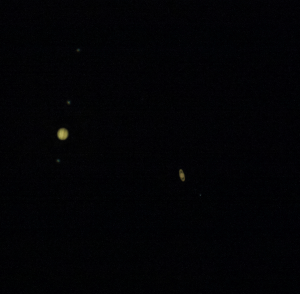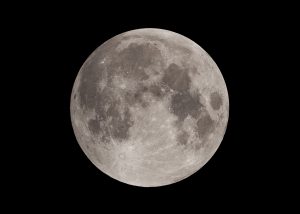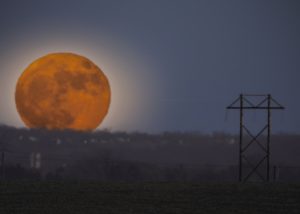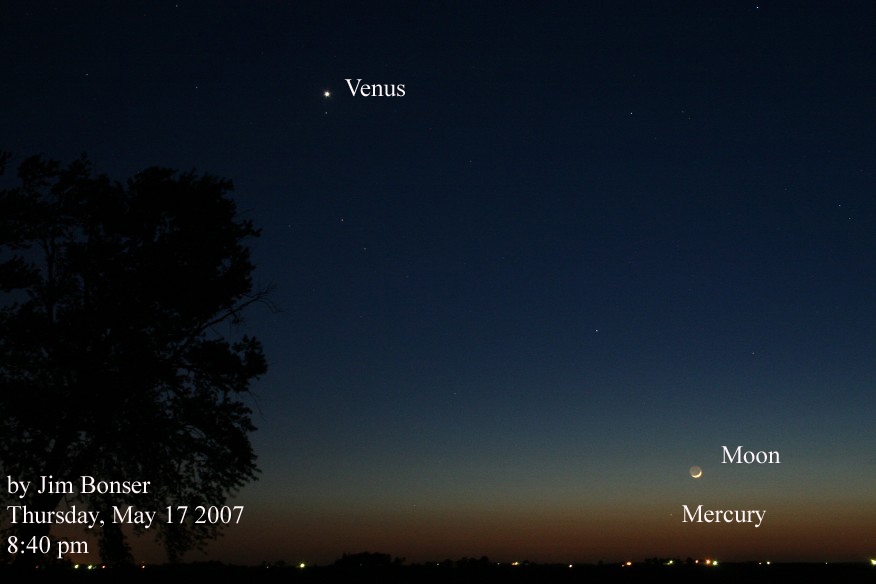by Linda Butcher

I hope everyone was able to view the Christmas Star. It was truly a once in a lifetime event. I have compiled a list of events for the next three months that may be of interest.
MARCH 6 The planet Mercury reaches greatest western elongation of 27.3 degrees from the Sun. This is the best time to view Mercury since it will be at its highest point above the horizon in the morning sky. Look low in the eastern sky just before sun rise.
MARCH 20 Vernal equinox. The sun will shine directly on the equator and there will be nearly equal amounts of day and night throughout the world. This is also the first day of Spring in the Northern hemisphere.

MARCH 20 Also on this date Venus reaches greatest eastern elongation of 46.6 degrees from the Sun. This is the best time to view Venus since it will be at its highest point in the morning sky. Look in the eastern sky just before sunrise.
MARCH 28 Full moon. This full moon was known by early Native American tribes as the Worm Moon. This was the time of the year the ground would begin to soften and earth worms would reappear.
APRIL 22-23 Lyrids Meteor Shower. It is produced by dust particles left behind comet c/1861 G1 that was discovered in 1861. It peaks on the night of the 22nd and early morning of the 23rd. Best viewed after midnight. Meteors will radiate from the constellation Lyra, but can appear anywhere in the sky.

APRIL 27 Full Moon-Super Moon This full moon was known by early Native American tribes as the Pink Moon because of the Moss Pink or Wild Ground Phlox. This moon has also been known as the Sprouting Moon, Grass Moon, Growing Moon, and the Egg Moon. Many coastal tribes referred to it as the Fish Moon because this was the time that shad swam upstream to spawn. This is the first of three Super Moons for 2021.
MAY 6-7 Eta Aquarids Meteor Shower. It is produced by dust particles left behind by the comet Halley. It peaks on the night of May 6 and morning of May 7. Meteors will radiate from the constellation Aquarius, but can appear anywhere in the sky.
MAY 17– Mercury is at its greatest eastern elongation. This is the best time to view Mercury since it will be at its highest point above the horizon in the evening sky. Look for the planet low in the western sky just after sunset.
MAY 26– Full Moon-Super Moon This full moon was know by Native American tribes as the Flower Moon because this was the time of year when spring flowers appeared in abundance. It has also been know as the Corn Planting Moon and the Milk Moon. It is the second Super Moon of 2021.
